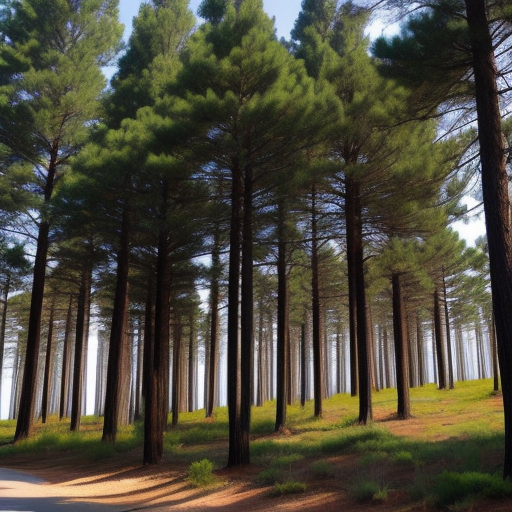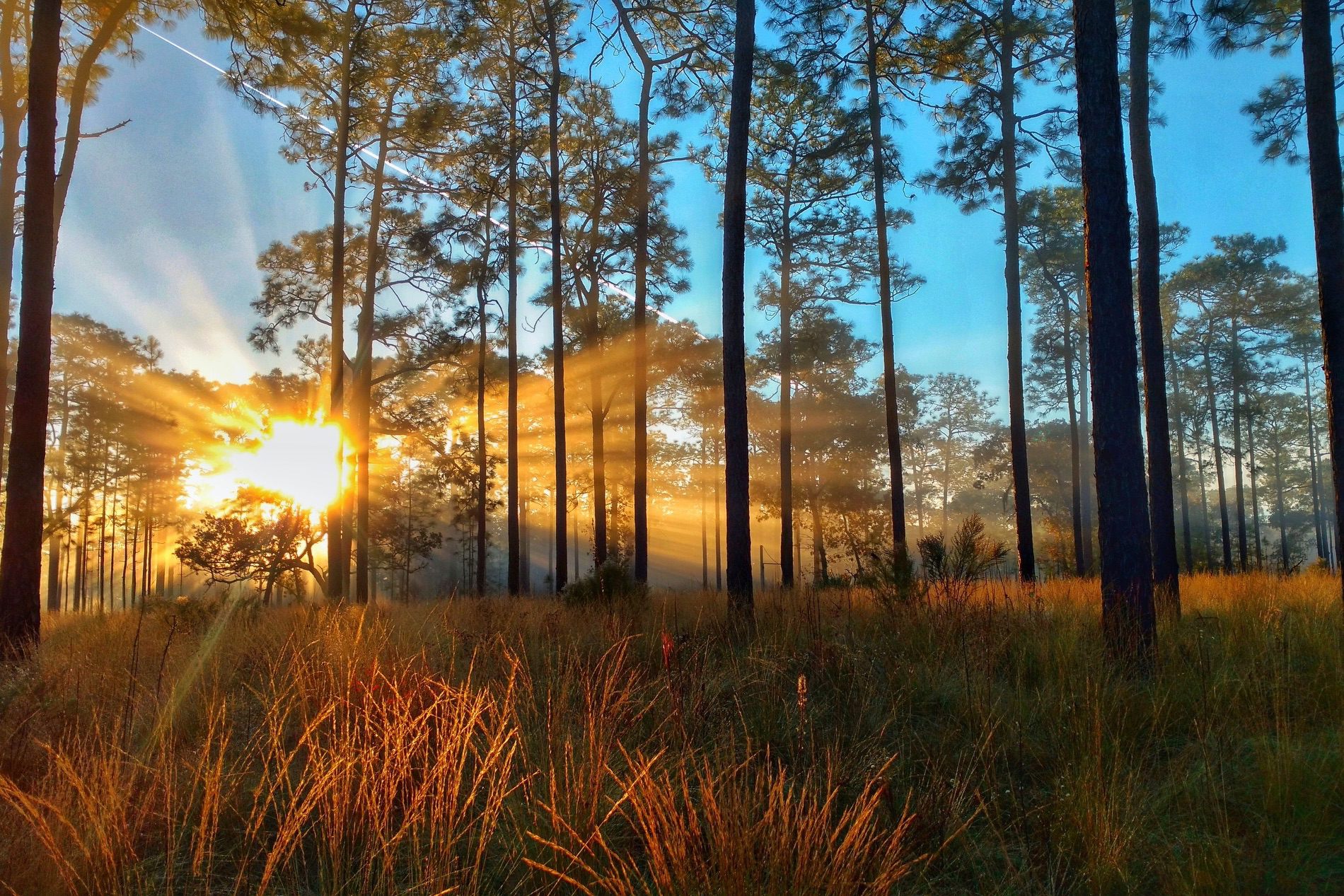The Longleaf Pine (Pinus palustris) being listed as Endangered under criteria A2cde by the IUCN Red List of Threatened Species in 2011 emphasizes the urgent need for conservation and protection of this species.
The criteria A2cde refer to a reduction in population, observed, estimated, inferred, or suspected, where the causes of the reduction may not have ceased, or may not be understood, or may not be reversible, based on a decline in the area of occupancy, extent of occurrence and/or quality of habitat, and actual levels of exploitation.
Here’s a recap of why the Longleaf Pine has reached this status, and what is being done and can be done about it:
Why the Endangered Status?
1. Habitat Loss: Urban development, agriculture, and the replacement of Longleaf Pine with faster-growing species have all contributed to its decline.
2. Logging: The species was extensively logged without proper replanting efforts.
3. Fire Suppression: Longleaf Pine ecosystems rely on regular fires to maintain their health. Fire suppression policies have led to a decline in these ecosystems.
4. Overall Degradation: The combined effects of human interference, exploitation, and changes in land use have led to a drastic reduction in Longleaf Pine populations.
What Has Been Done?
1. Restoration Efforts: Various conservation groups and agencies are actively working on restoring Longleaf Pine forests through controlled burning and replanting.

2. Legal Protection: Some regions have put legal measures in place to protect Longleaf Pine habitats.
What Can Be Done?
1. Support Conservation: Backing organizations dedicated to Longleaf Pine restoration can make a real impact. Check out the USDA Longleaf Pine Initiative.
2. Land Management: Private landowners can participate in restoration efforts by planting Longleaf Pine and adhering to sustainable land management practices.
3. Advocacy and Education: Raising awareness and pushing for more stringent legal protections can help conserve this important species.
4. Monitoring and Research: Ongoing monitoring and research to understand the species’ needs and to assess the success of conservation strategies are vital for the Longleaf Pine’s recovery.
Conclusion
The endangered status of the Longleaf Pine underscores the complex challenges faced in preserving this vital species. While efforts have been made to address this decline, more needs to be done to ensure the survival and flourishing of Longleaf Pine ecosystems. Collaboration among conservationists, governments, landowners, and the public is key to turning the tide and ensuring that future generations can experience the beauty and ecological importance of the Longleaf Pine.

If every person in the United States were to plant a Longleaf Pine tree within its native range, it could potentially restore the entire population of Longleaf Pine within a century. Keep in mind that these majestic trees once spanned a vast 90 million acres. By joining forces and taking action, we can all contribute to the resurgence of the Longleaf Pine, working together to bring them back to their former glory… one day at a time!

The Adventures of Johnny Butterflyseed – Author Signed First Edition Children’s Book
Save the monarchs!
Johnny Butterflyseed and his fairy friend, Raven Silverwing, embark on a mission to save the rapidly disappearing butterflies. They enlist the help of Queen Venus Goldwing and her kingdom of monarchs to educate and inspire kids to become butterfly farmers. At first, Johnny faces his own internal struggle with self-doubt and fear in his ability to make a difference, but then soon develops a mindset that allows him to not only get started, but also make progress one day at a time. Through challenge after challenge, Johnny learns that he is not alone in his mission and that there are many people who want to help. Together, Johnny, Raven, and Queen Venus educate thousands of children on becoming butterfly farmers.
